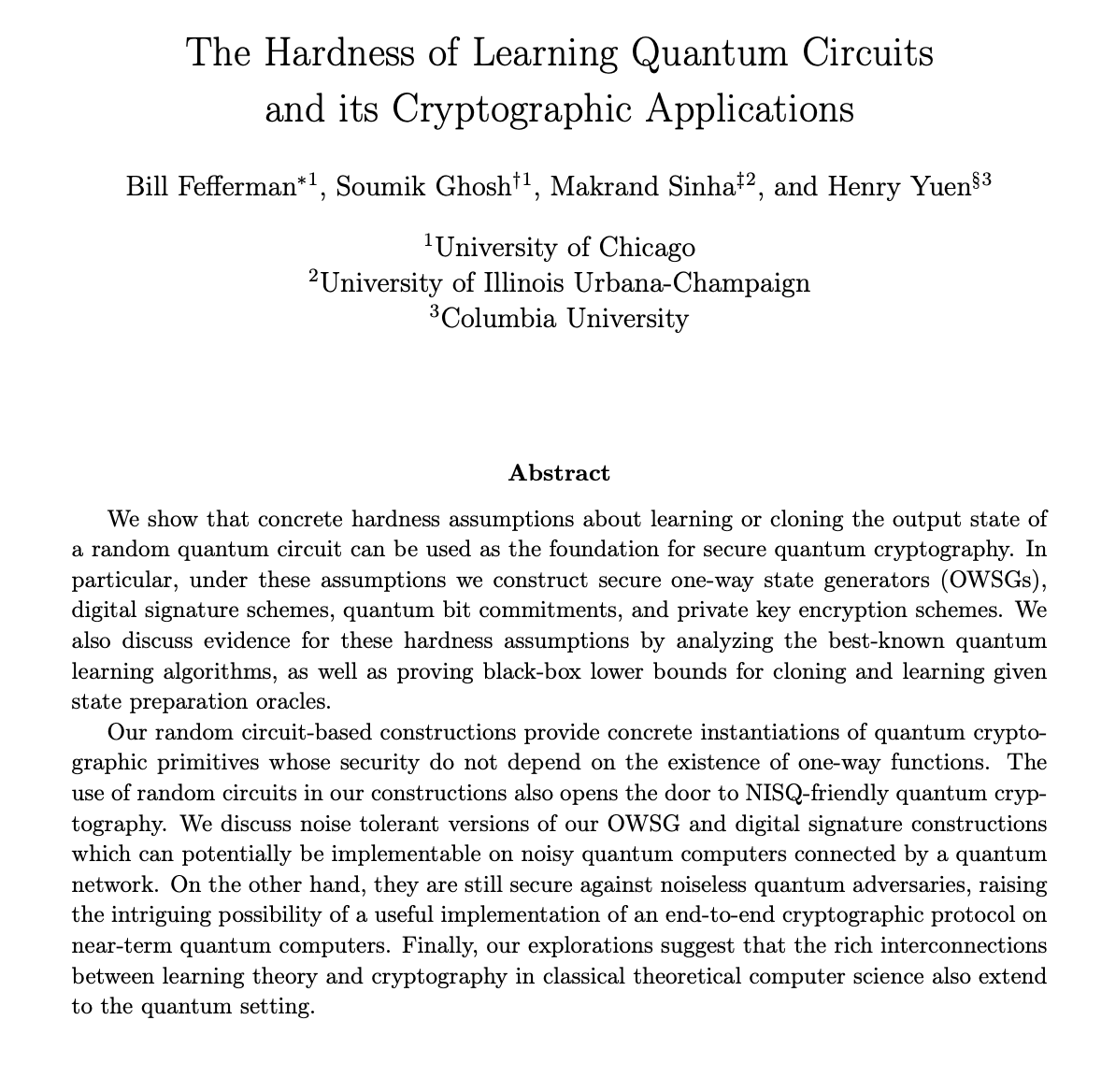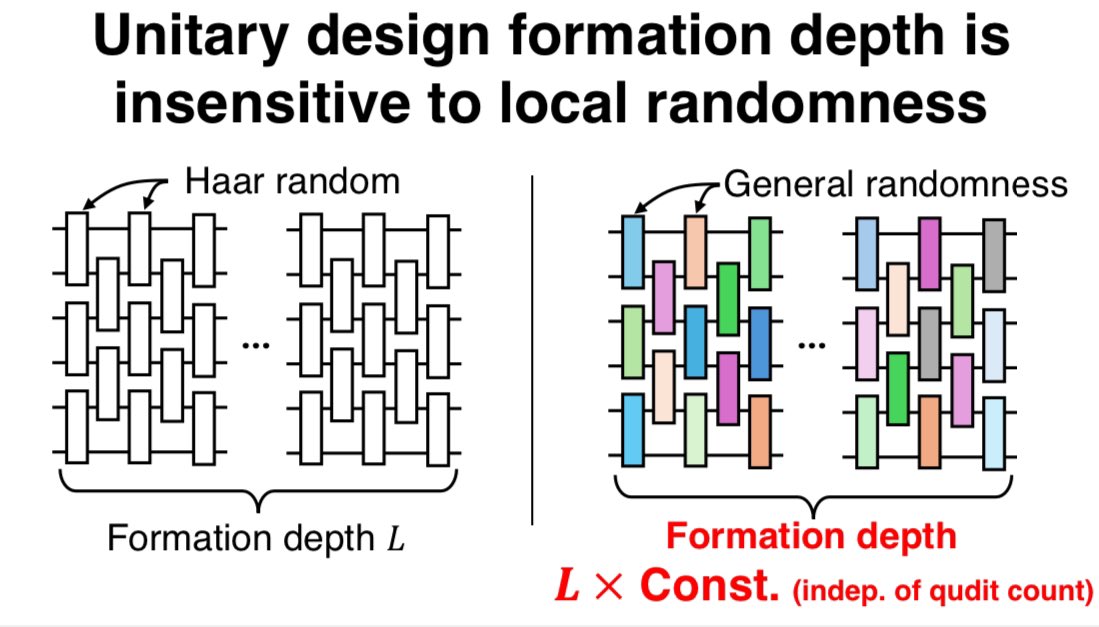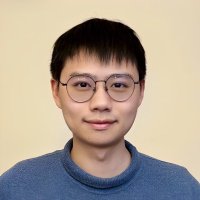
Senrui Chen
@csenrui
Graduate student at @UChicagoPME / Quantum / Also on 🦋
ID: 1028194533190684672
https://csenrui.github.io/ 11-08-2018 08:20:54
266 Tweet
700 Followers
651 Following




I’m pleased to share that our partners at Université de Sherbrooke (UdeS) are launching two IBM Quantum Research Chair positions at the Institut quantique. Cunlu Zhou research.ibm.com/blog/udes-quan…

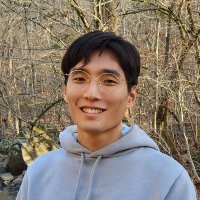




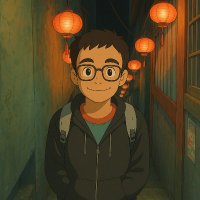
Are random circuits useful in anything other than sampling? With Henry Yuen and others, we suggest the answer is yes. We lay out NISQ-friendly quantum cryptographic schemes with random circuits. 😃 UChicagoCS Columbia University University of Illinois scirate.com/arxiv/2504.153… 1/5 📜
